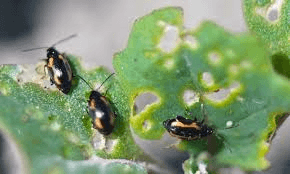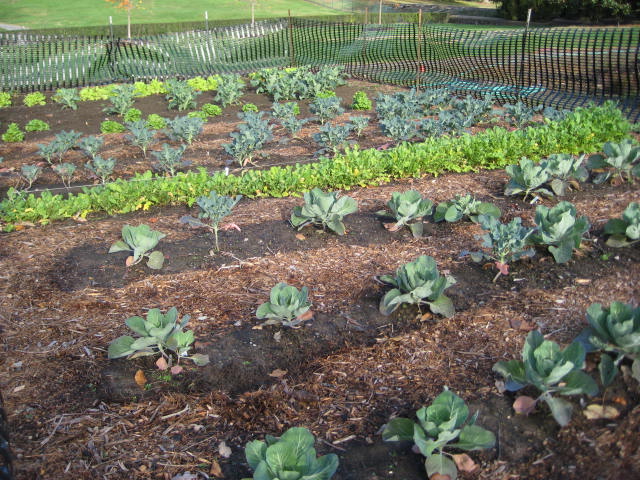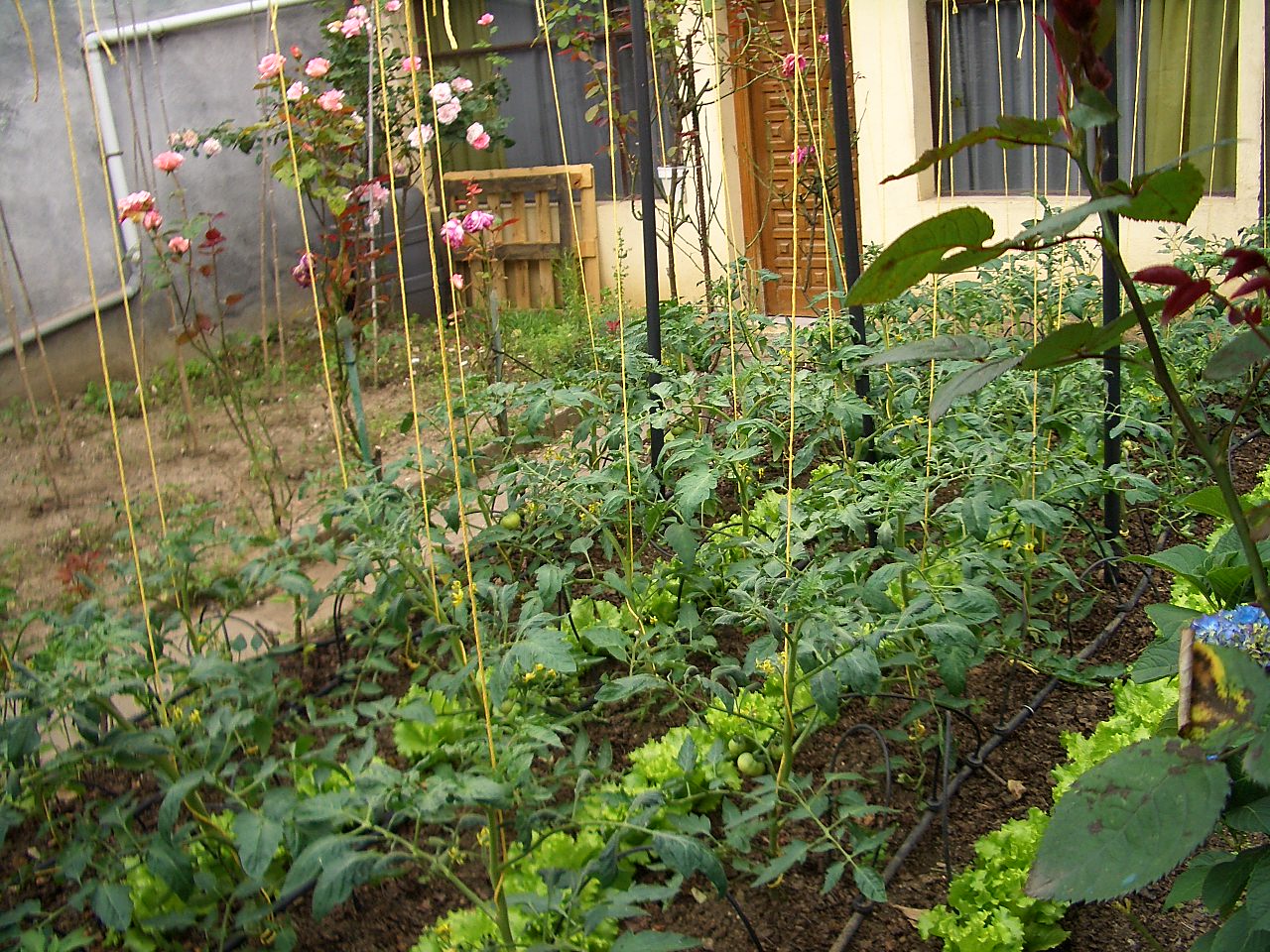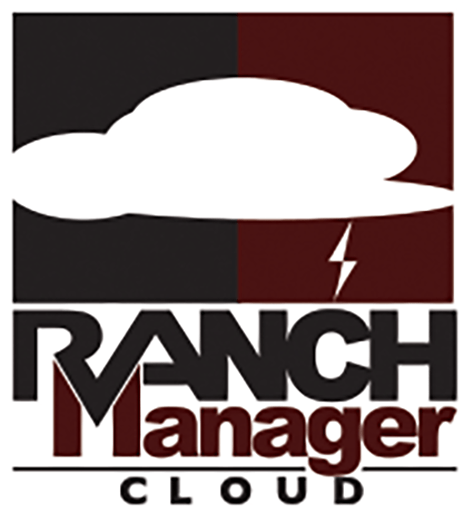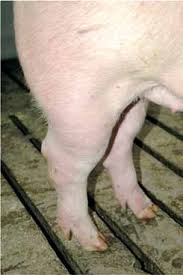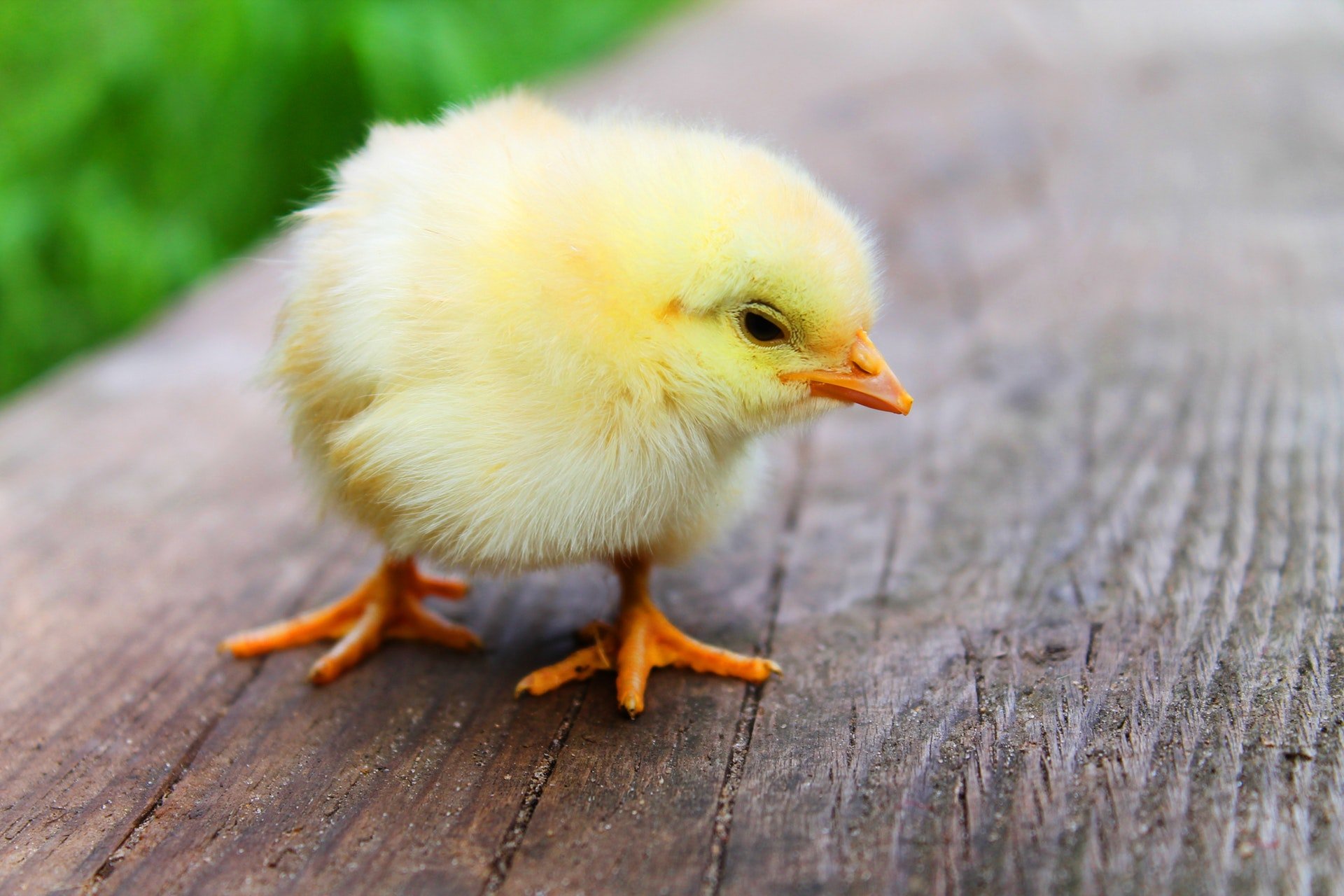Many people ask: “Why should I grow a garden?” There are a number of answers to this question but my favorite one is “It’s healthier for you”. Now don’t get me wrong I’m not exactly a health nut but I do know that chemicals and pesticides aren’t good for you. Also the flavors of fresh vegetables are so much better than what you can typically get in a store. In this guide I’ll highlight the basics of planting your vegetable garden. From how to pick the right location to how to select the right vegetables to grow.
Pick The Right Location
Picking a good location is critical to having a successful harvest. A not-so-good location can result in a harvest that is dismal at best. So here are a few tips for picking a good location:
- Plant in a sunny place. Most vegetables need at least 6 hours of direct sunlight per day. The more sunlight that they receive the better your harvest will be, the bigger the vegetables will be and the better the taste of those vegetables.
- Plant in good soil. Plants roots penetrate soft soil much easier than hard dry soil. Enriching your soil with compost provides the needed nutrients that may not be already in the soil. Horse Manure is a great thing to compost and is very easy to come by for many people. Proper drainage will also ensure that water doesn’t collect on top of your garden or drains away too quickly
- Plant in a stable environment. You don’t want to plant your garden in a place that’s prone to flooding during heavy rains, or in a place that dries out a lot. You also do not want to plant somewhere where strong winds could knock over young plants or keep pollinators from doing their job.
Choosing a Plot Size: Start Off Small
One of the most common errors that beginners make is planting too much too soon. Much more than anyone could ever eat or want. This is a waste unless you’re like me and have hogs and a ton of other animals (including a teenager) that would be more than happy to help them disappear. It’s always good to start small. You can always increase the size next year if you need too but it’s better to not let food go to waste. A good size for a beginner vegetable garden is about 16 x 10 feet and is filled with crops that are easy to grow. A plot this size (along with the list below) can feed a family of four for about one summer, with a little leftover to can for the winter.
You can make your garden 11 rows wide, with each row 10 feet long. The runs should run north and south to take full advantage of the sun. Vegetables that may yield more than one crop per season do include beans, beets, carrots, cabbage, kohlrabi, lettuce, radishes, rutabagas, spinach, and turnips.
How to Grow the Best Vegetables
In addition to choosing the right location and the right size here are a few tips that will help you grow your best vegetables so far.
- Space your crops properly. For example, corn needs a lot of space and can overshadow shorter vegetables. Plants set too close together compete for sunlight, water, and nutrition and typically will fail to mature. Pay close attention to the spacing guidelines on seed packets and plant tabs.
- Use high-quality seeds. Seed packets are less expensive than individual plants, but if seeds don’t germinate, your money and time are totally wasted. A few extra cents spent in spring for that year’s seeds can pay off in higher yield come havesttime.
- Water Properly. Watering your plants the correct amount, not too much and not too little, will give them the best chance at producing well-formed, mature vegetables
- Plant and Harvest at the right time. Not too early or too late, every vegetable has its own planting dates so be sure to check the seed packet.
Suggested Plants for a Beginner’s Garden
The vegetables suggested below are common, productive plants that are pretty easy to grow. You can talk to farmers in your area or contact your local Cooperative Extension Service to find out what plants grow best in your area, and when the best time for planting them is. Think about what you enjoy eating and also what you have a hard time finding at the grocery store or farmers market.
You can also plant Marigolds to help control pests
- Tomatoes – 5 plants, staked
- Zucchini Squash – 4 plants
- Peppers – 6 plants
- Cabbage
- Bush Beans
- Lettuce
- Beets
- Carrots
- Chard
- Marigold (For Pest Control)
So there you have it, the very basics of getting your vegetable garden started so you can enjoy fresh vegetables this year. It’s not too much work and is something you can do even with a busy schedule.
If you found this article helpful please share it on your favorite social media sites.
About Author
Joshua
Josh grew up with a passion for animals and technology. After years of self-learning, he finally enrolled in college and graduated with a BSIT in 2010. After working in multiple IT roles, he moved to Northern Arizona and started White Mountains Livestock Company. Utilizing the knowledge he had gained as a child and his passion for animals he steadily increased his herds. In 2020 while looking for a program to manage the company’s swine breeding program he came across Ranch Manager. After many conversations the company acquired the software later that same year. Since then, he has focused on improving the software using new technologies to help people manage their own herds with the newest technologies and features.

